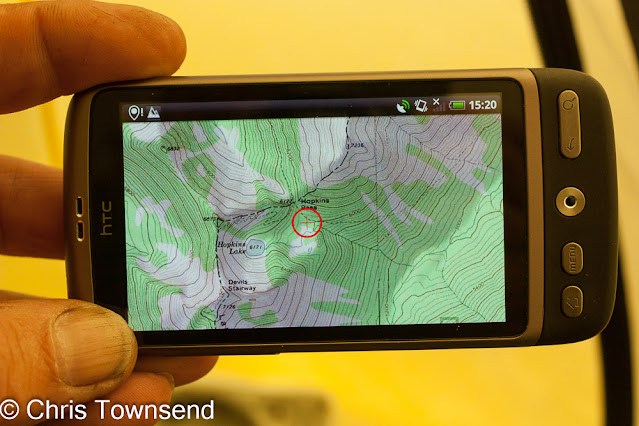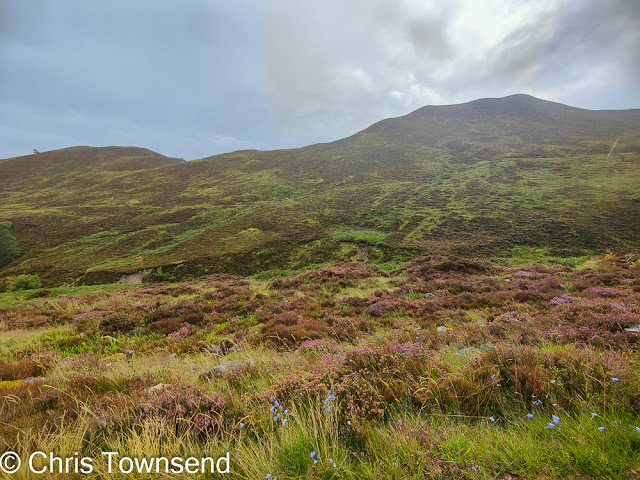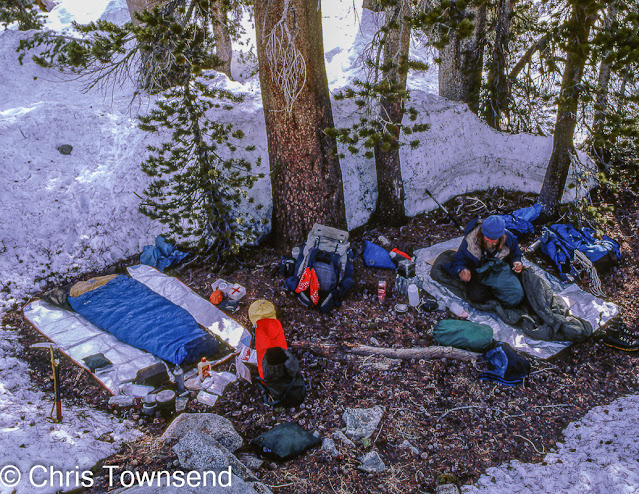The point of tools is to do a job. The right tools do the job well, the wrong ones don’t. What constitutes right and wrong depends on several factors, including how you and the tool interact. The right tool for one person may be wrong for someone else. For me the tools I use for writing and recording are important. I want them to be ones I can use without thinking. If the process interferes with my thoughts then I want a different tool.
I was thinking about this after reading a comment on Threads by Alex Roddie (he’s alex_roddie on that site, I’m christownsendoutdoors) about note-taking and journaling tools in which he agreed with another poster that the best app for journaling was a notebook. I agree, to some extent. When camping I use a notebook. I’ve tried making notes on various digital devices (smartphone, tablet, and before them a Psion handheld computer – still in a drawer somewhere I think) and it’s just too difficult by headlamp in a tent or even just sitting outside on a log or rock. Pen and paper is far easier, even if I sometimes have difficulty reading my scrawl months or years later. Currently I used the excellent Thrunotes notebooks. (If you want one you’ll have to wait until next spring or summer though as they’re not available again until then).
At home I do all my writing on a PC. I like the full-size keyboard and the large screen. However brief notes and lists go on paper. I use the back of sheets that have arrived with magazines or products for this and have a pile of them on my desk right next to the keyboard. I have a notebook too but only write stuff I want to keep and can’t be bothered typing out in this. Ephemeral stuff on bits of paper gets chucked away eventually.
Dates I need to remember or be reminded about go in a desk diary and an online calendar. I look at the former more often but the advantage of the latter is that I can enter a reminder for a day or two before that pops up on my PC or phone. The desk diary can’t do that! I have a wall planner too. It used to be on the wall behind my PC so I could look up from the screen and see it. This year I moved it to a different wall where it’s more accessible and so easier to write on. I’ve hardly used it though as I can’t see it without turning round. I need to move it back! Office organisation matters.
This system, if it can be glorified with that term, works for me. Others may do everything using digital tech or by traditional means. Outdoor writer Hamish Brown writes his books and articles longhand, Paddy Dillon writes his guidebooks on a handheld computer during his long walks. Neither method would work for me. We’re all difficult. The key is finding what works for you not for anybody else.
In finding the right tools I’ve never bothered whether something is old tech or new tech, low tech or high tech. I use a mixture, as with the pen and paper and PC on my desk. In the hills I have a smartphone and an e-reader along with my notebook and pen. They’re all tools.
The e-reader is one of my favourite digital products as it saves me lots of weight and vastly increases my choice of reading. I used to carry a paperback on overnight trips and several on multi-day trips, including nature and route guides. I now have a library on a device that’s smaller and lighter than a paperback. I love it!
The smartphone is mostly for navigation in the hills. I carry a printed map as well though. Not just as a backup but because I can spread it out in the tent and get an overview of the area and maybe consider options for the next day. If it’s not too windy I can open it on a high point and identify distant features and get a general view of the landscape around me too.
 |
| My 2010 smartphone on the Pacific Northwest Trail |
If I do any typing on the smartphone it’s usually just short texts. My fingers just aren’t made for tiny virtual keyboards. I don’t like writing anything much longer than a few sentences on a phone. The exception is on multi-day walks when I want to write blog posts or send updates to The Great Outdoors. Then I have no choice but to use my smartphone. It’s hard work! I’ve been doing this since my Pacific Northwest Trail thru-hike in 2010, the first walk on which I took a smartphone (here’s an example) and it hasn’t become any easier even though smartphones are quite a bit bigger now.
My main photography is done with a mirrorless camera with the smartphone as a backup. This is another area where I love digital. Having discovered a few unused rolls of film last year and still having some film cameras I tried film photography again for a while and was reminded why I really like digital and was very happy to stop using film. (See this post). Alex Roddie however has fallen in love with film and old film cameras and is producing some lovely photos.
Since 2010 I’ve used Sony APS-C mirrorless cameras. The basic design hasn’t changed much, which is good as it means that when I get a new one, as I did earlier this year (see this post), it’s familiar and I can quickly learn how to use it. There may be better cameras. I don’t know. And really I don’t care. My cameras do the job I require and that’s what’s important. They’re a means to an end and as long as the results are fine and I can achieve them easily then they’re doing their job, just like the notebook and pen, and the PC, and the sheets of paper. Just tools.
















































